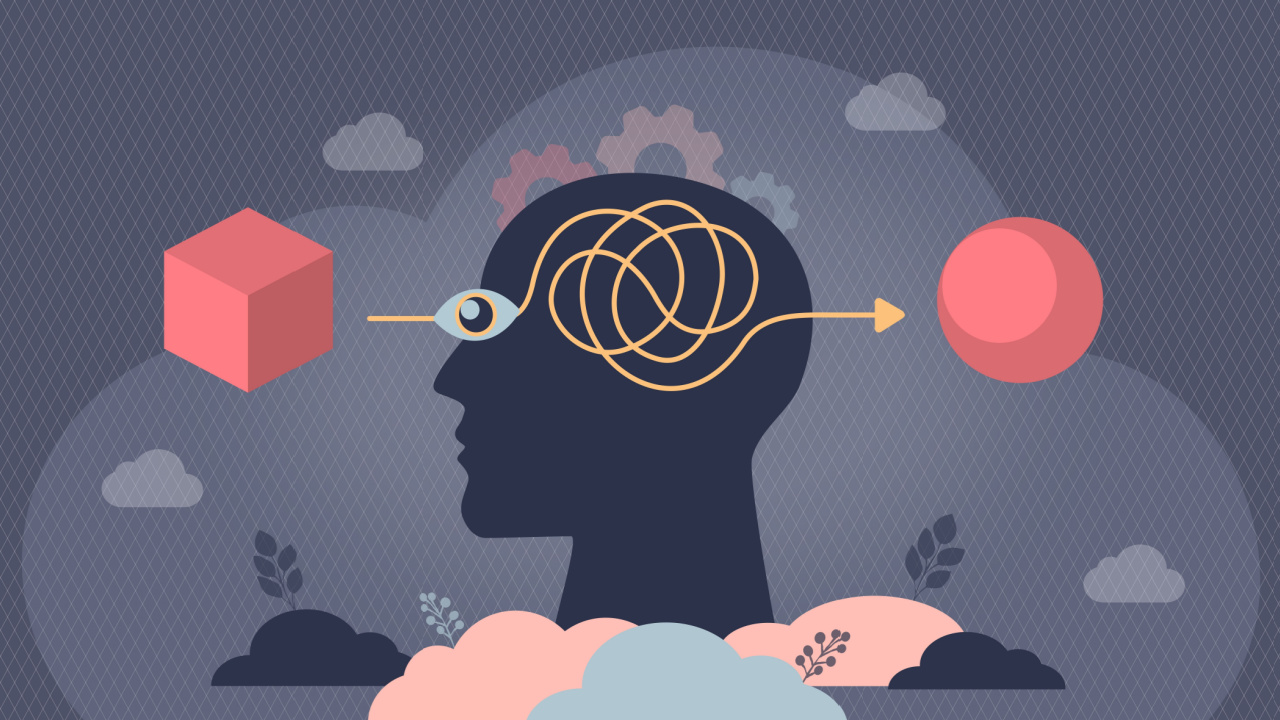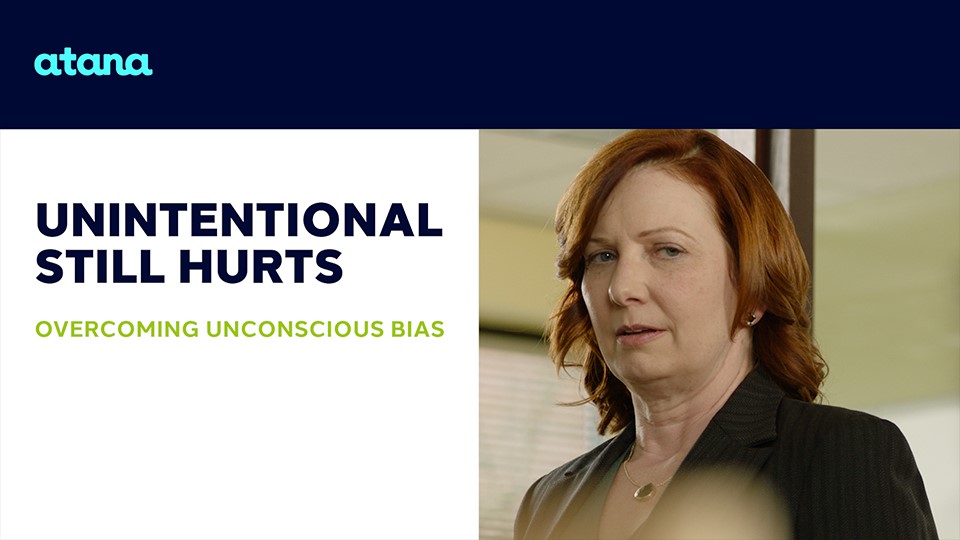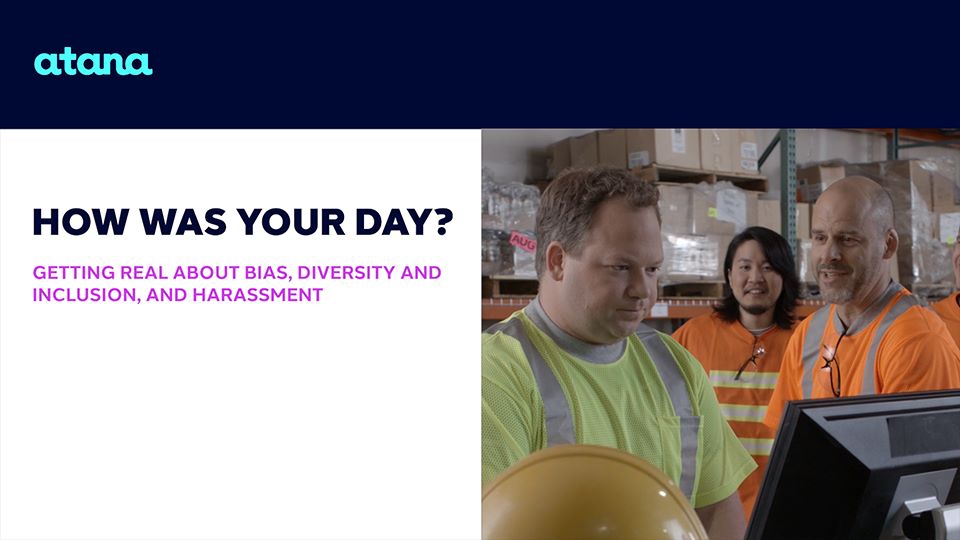
Confirmation bias can have far-reaching effects on everything from decisions we make in our personal lives to the way we interact with others in our communities and workplaces. When the bias causes us to overlook important facts or perceive information or another person incorrectly, the consequences can be disastrous.
While confirmation bias is a powerful force, there are ways to overcome it. By becoming aware of this cognitive bias and its effects, we can learn to question our assumptions and search for evidence that is contrary to our beliefs. We can also encourage others to do the same, leading to more open-minded and productive discussions.
What is Confirmation Bias?
Confirmation bias is a cognitive distortion that occurs when we selectively pay attention to information that confirms our beliefs while ignoring information that disproves them. This can result in ill-informed choices, and can even lead to major errors in judgment.
For example, we may consider purchasing a stock because we like the company’s products and have been told by a friend that the stock is undervalued. If we only look at information that supports that view, we block information that could signal problems with the stock, potentially leading us to make a bad investment.
How Does Confirmation Bias Affect Decision Making?
Confirmation bias contributes to overconfidence in our personal beliefs and can maintain or strengthen these beliefs even in the face of contrary evidence. As illustrated in the example above, this results in poor decision making because it prevents us from seeing both sides of an issue or considering all of the available evidence.
7 Signs of Confirmation Bias
- You only pay attention to information that supports your beliefs.
- You interpret ambiguous evidence as being supportive of your beliefs.
- You remember information that supports your beliefs more than information that contradicts them.
- You place more importance on information that supports your beliefs than information that contradicts them.
- You rationalize away information that contradicts your beliefs.
- You dismiss people who don’t share your beliefs as being uninformed or stupid.
- You’re resistant to changing your beliefs, even in the face of new evidence.
5 Strategies to Mitigate Confirmation Bias
- Be aware of your own confirmation bias.
- Make a concerted effort to seek out disconfirming evidence.
- Be willing to change your mind.
- Consider multiple explanations for events.
- Base your decisions on logic, not emotion.


Using a Checklist to Avoid Biased Decision Making
Checklists can be a simple but effective way to identify and remove confirmation bias from the decision making process. To help apply the 5 mitigating strategies above to your decisions, follow the guidance on this list.
☑ Remember that everyone is susceptible to confirmation bias…even you!
☑ Ask yourself if the initial stance you're taking is based on facts and empirical evidence, or personal beliefs and preferences.
☑ Identify the assumptions, beliefs, or preferences you may be bringing to the decision and, if necessary, challenge them.
☑ If the information you’re including seems one-sided, seek input from other sources, including those with opposing viewpoints.
☑ Encourage others to point out potential shortcomings in your information gathering or decision making process.
☑ Be willing to change your mind in the face of new evidence.
Confirmation Bias in the Workplace
In the workplace, confirmation bias can undermine numerous business processes and initiatives including talent acquisition, talent management, employee engagement and productivity.
For example, if a manager believes that a certain employee is lazy and incompetent, they'll tend to focus on things that support this belief and ignore or downplay evidence to the contrary. As a result, the employee may never be given opportunities for advancement and could possibly even be terminated, all due to the manager's false assumptions.
Confirmation bias can also lead to groupthink, a phenomenon in which a group of people come to a joint decision that is heavily influenced by their own pre-existing biases and beliefs. In failing to give weight to evidence that opposes what the group consensus appears to be, they end up taking a flawed course of action. Groupthink has been named as a contributing factor in disastrous decisions that include the Bay of Pigs invasion and the Space Shuttle Challenger disaster.
To avoid confirmation bias in the workplace, it’s important to:
- be aware of your own biases and beliefs.
- participate in training that teaches techniques for challenging and overcoming your biases.
- respectfully speak up when you experience or witness unconscious bias at work.
When making decisions:
- solicit input from a diverse group of people and encourage critical thinking and debate.
- don’t be afraid to challenge the status quo – sometimes the best way to avoid confirmation bias is to question everything.
Recommended Training
Overcoming bias and other barriers to respect and inclusion in the workplace can be challenging. Atana's multi-award winning diversity and inclusion training courses are known for helping organizations build awareness, spark meaningful discussion and inspire behavior change in these crucial areas.









